On a crisp night in 1985, clubgoers flocked to the grand opening of the Palladium nightclub in New York City. This iconic venue, which had a storied history as a movie theater and concert hall, was now transformed into a dazzling nightclub by Steve Rubell and Ian Schrager, the masterminds behind Studio 54. The excitement in the air was palpable as people lined up on East 14th Street, eager to see the newly redesigned interior of this historic building.
The Palladium, originally known as the Academy of Music, had been a fixture in New York City since 1927. Designed by Thomas W. Lamb, it was initially a deluxe movie palace. Over the decades, it evolved, serving as a cinema and later as a concert hall, especially after the Fillmore East closed in 1971. By the mid-1980s, it was ready for yet another transformation. This time, it was to become one of the city’s premier nightclubs.
Steve Rubell and Ian Schrager, who had already made a name for themselves with the legendary Studio 54, were determined to make the Palladium an unforgettable experience. They enlisted Japanese architect Arata Isozaki to redesign the interior. Isozaki’s vision was to create a space that was both modern and reflective of the building’s grand history. The result was a stunning blend of sleek design and historical elegance.
Read more
As the doors opened on that first night, clubgoers were greeted by a breathtaking sight. The main floor was vast, with a high ceiling and dramatic lighting that set the stage for an unforgettable evening. The dance floor was packed with people moving to the beats of the hottest DJs. The atmosphere was electric, with everyone dressed to impress in the latest fashion trends.
The Palladium’s layout was designed to cater to different tastes and moods. For those who wanted to dance, the main floor offered plenty of space to let loose. The state-of-the-art sound system ensured that the music was loud and clear, creating an immersive experience. For those who preferred a more relaxed setting, there were several lounges and bars scattered throughout the club. These areas provided a place to sit, chat, and enjoy a drink while taking in the vibrant scene.
One of the standout features of the Palladium was its use of cutting-edge technology. Isozaki incorporated advanced lighting systems that could change the mood of the space in an instant. The lights pulsed and flashed in time with the music, creating a visual spectacle that complemented the beats. Large video screens displayed artistic visuals, adding another layer to the immersive experience.
The opening night at the Palladium was a star-studded affair. Celebrities, socialites, and musicians all turned out to see and be seen. The guest list included famous faces from the worlds of fashion, music, and film. The presence of these high-profile guests added an extra layer of glamour to the evening. Photographers snapped pictures, capturing moments that would later appear in magazines and newspapers.
As the night went on, the energy inside the Palladium only grew. The dance floor remained packed, with people dancing and laughing, lost in the music. The bars were bustling with activity, as bartenders mixed drinks and served them with flair. Conversations flowed easily, with old friends catching up and new connections being made.


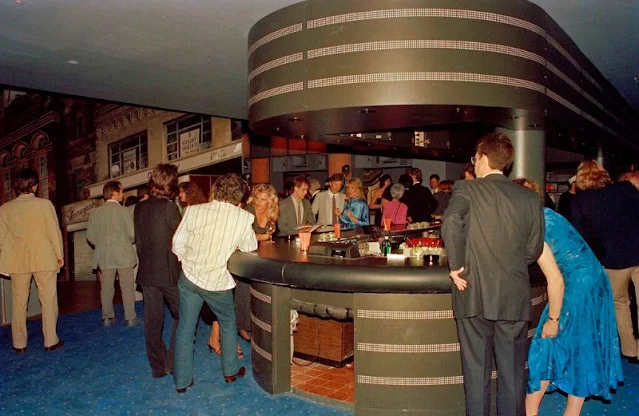
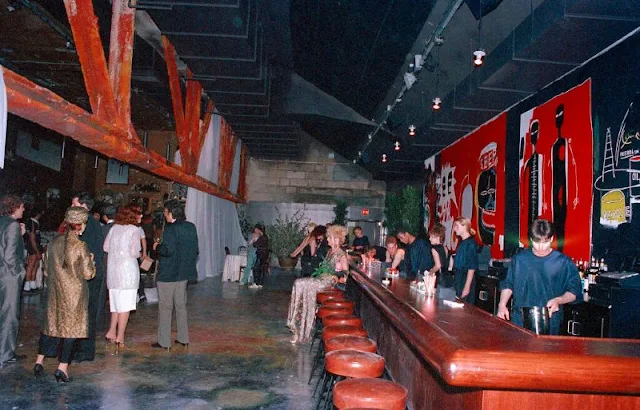
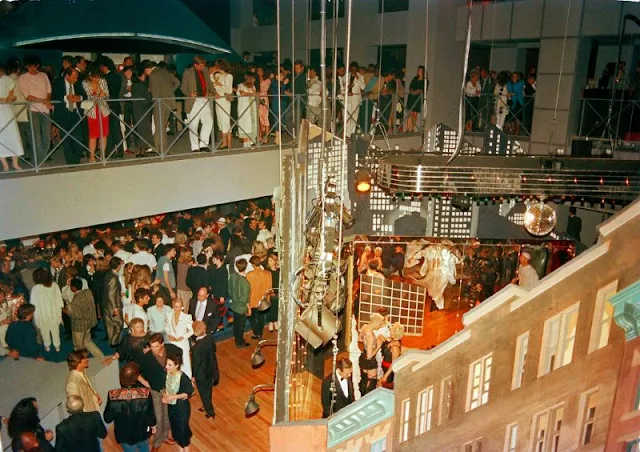
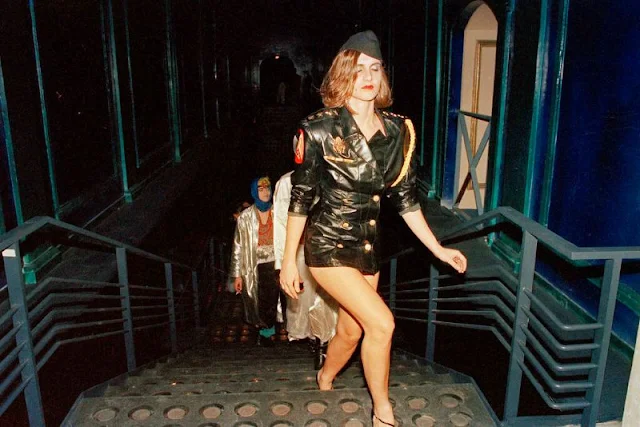
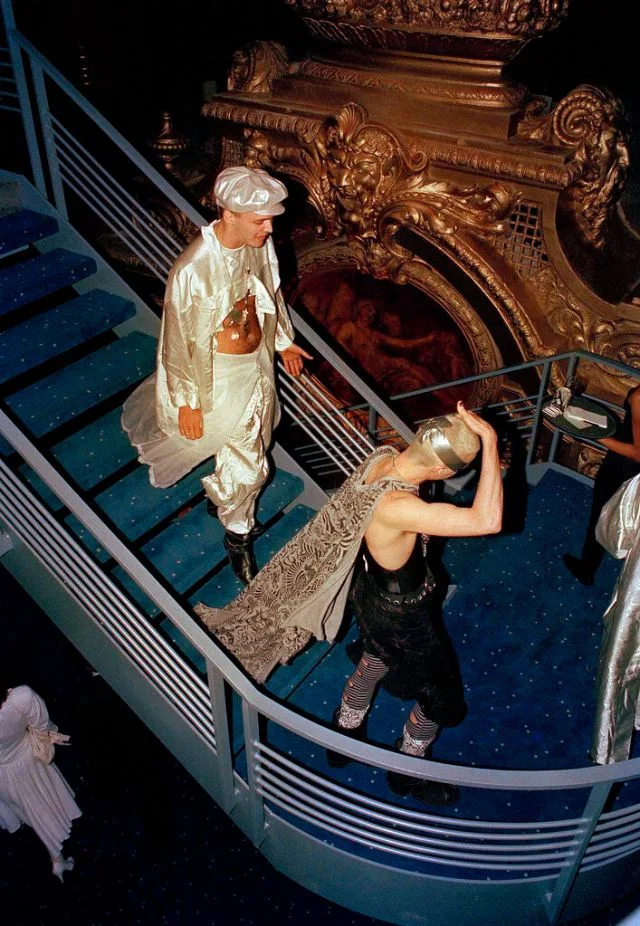
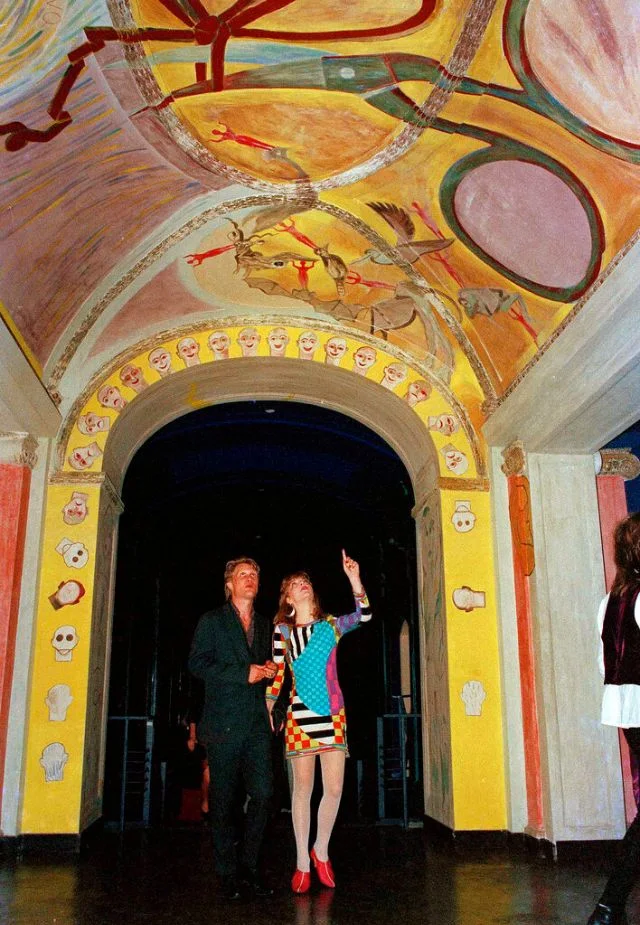

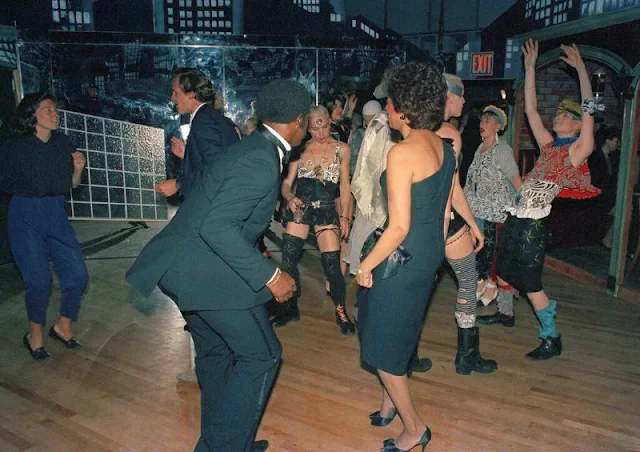
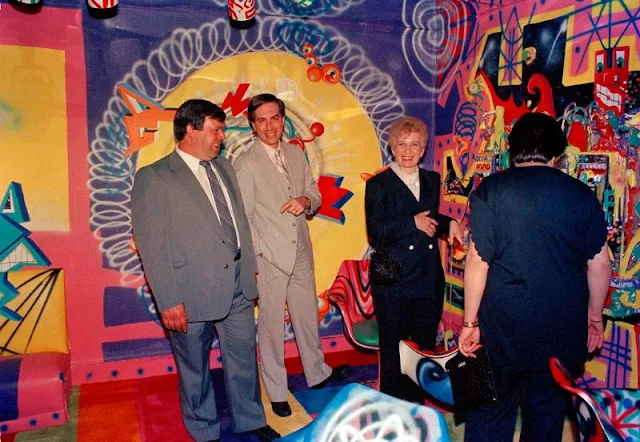
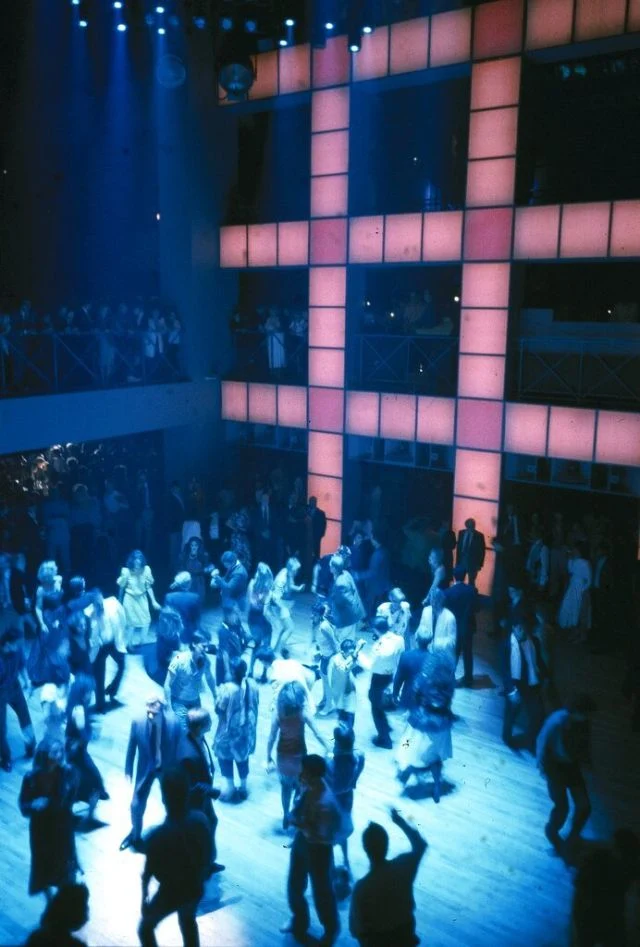
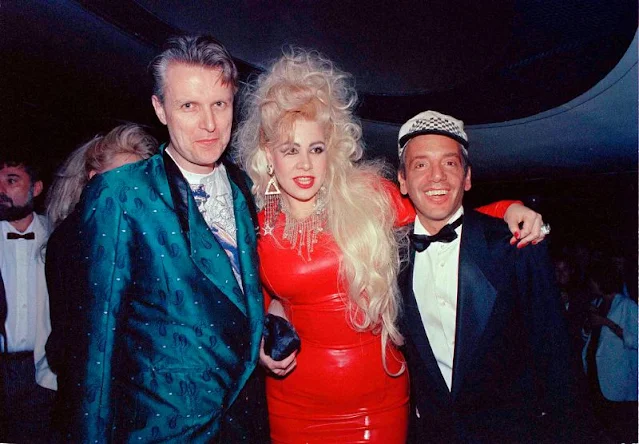

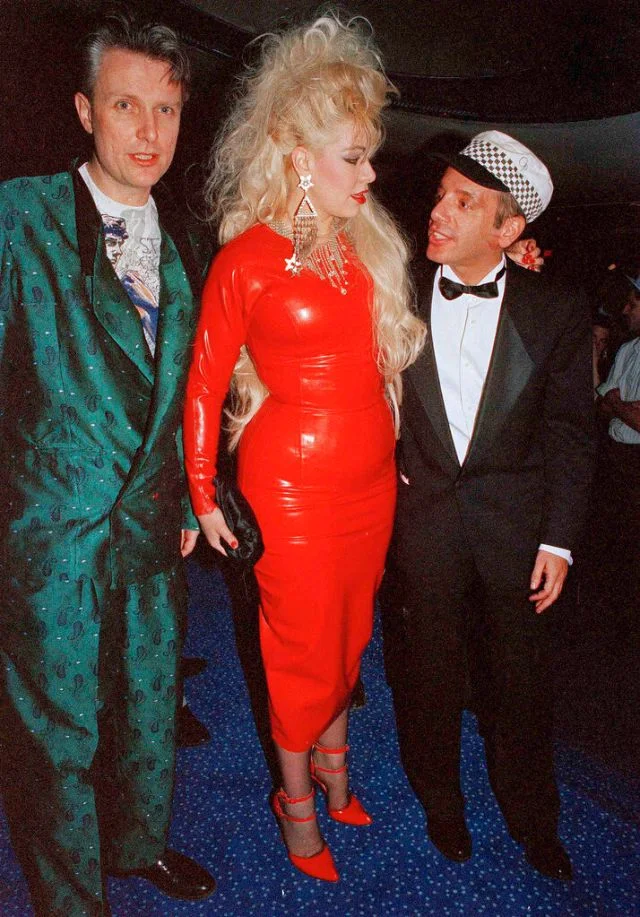

GIPHY App Key not set. Please check settings